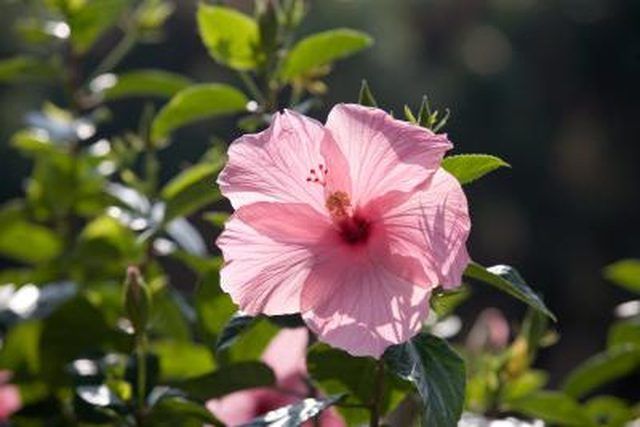Bulbs
Flower Basics
Flower Beds & Specialty Gardens
Flower Garden
Garden Furniture
Garden Gnomes
Garden Seeds
Garden Sheds
Garden Statues
Garden Tools & Supplies
Gardening Basics
Green & Organic
Groundcovers & Vines
Growing Annuals
Growing Basil
Growing Beans
Growing Berries
Growing Blueberries
Growing Cactus
Growing Corn
Growing Cotton
Growing Edibles
Growing Flowers
Growing Garlic
Growing Grapes
Growing Grass
Growing Herbs
Growing Jasmine
Growing Mint
Growing Mushrooms
Orchids
Growing Peanuts
Growing Perennials
Growing Plants
Growing Rosemary
Growing Roses
Growing Strawberries
Growing Sunflowers
Growing Thyme
Growing Tomatoes
Growing Tulips
Growing Vegetables
Herb Basics
Herb Garden
Indoor Growing
Landscaping Basics
Landscaping Patios
Landscaping Plants
Landscaping Shrubs
Landscaping Trees
Landscaping Walks & Pathways
Lawn Basics
Lawn Maintenance
Lawn Mowers
Lawn Ornaments
Lawn Planting
Lawn Tools
Outdoor Growing
Overall Landscape Planning
Pests, Weeds & Problems
Plant Basics
Rock Garden
Rose Garden
Shrubs
Soil
Specialty Gardens
Trees
Vegetable Garden
Yard Maintenance
White Mold on a Hibiscus Plant
White Mold on a Hibiscus Plant. Hibiscus shrubs need generous, daily watering. These moist conditions help the plant produce bright, vibrant flowers. However, excessive moisture is also ideal for mold growth. Caring for hibiscus plants requires a working knowledge of white mold issues.

Hibiscus shrubs need generous, daily watering. These moist conditions help the plant produce bright, vibrant flowers. However, excessive moisture is also ideal for mold growth. Caring for hibiscus plants requires a working knowledge of white mold issues.
Mildew
The most common white plant mold is mildew. Mildew damaged leaves contain white, fuzzy or powdery blotches. Cut off infected leaves and spray the plant with a general purpose fungicide.
Other Molds
Some rarer forms of mold, such as "silver leaf" or "honey" fungi, can appear on a hibiscus. These molds are usually grayish or yellow, but they sometimes appear white. Mold is a specific type of fungus, and a general purpose fungicide will kill these molds.
Considerations
If you notice fine silk webbing on your hibiscus plant, you likely do not have a mold problem. Spider mites are likely the true culprit. Spider mite damage looks similar to mold growth, producing whitish leaf spots. Common chemical pesticides are usually not very effective against spider mites; kill spider mites with a soap-based insect spray.